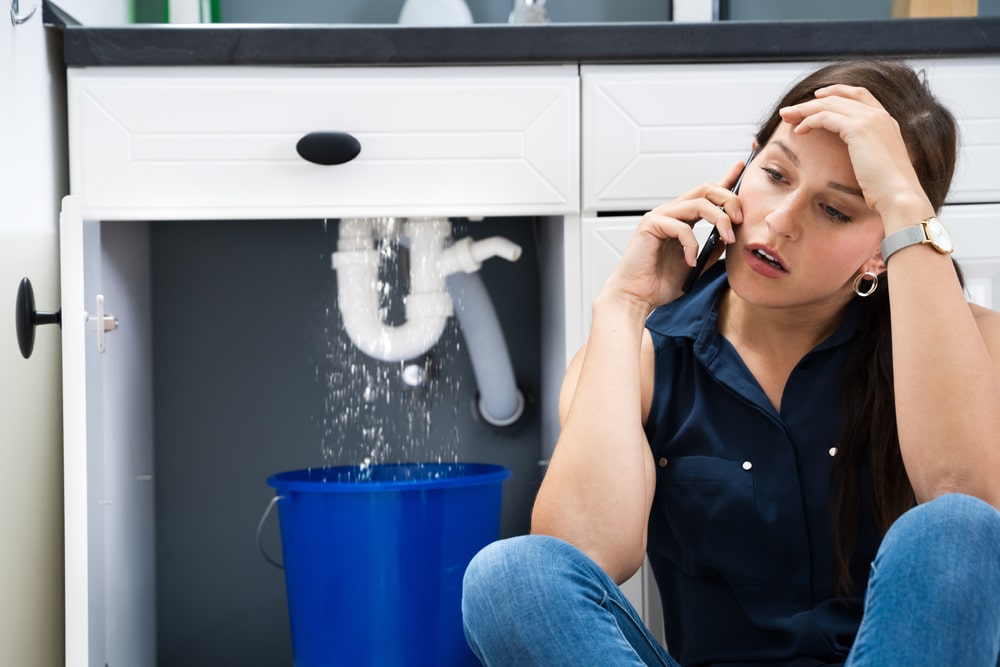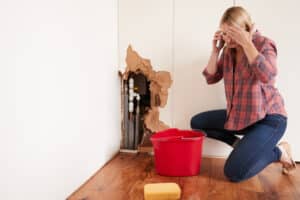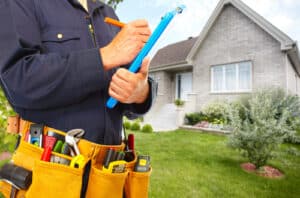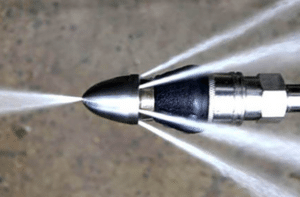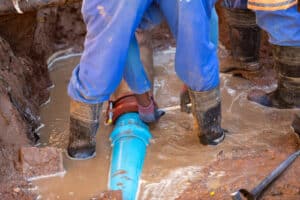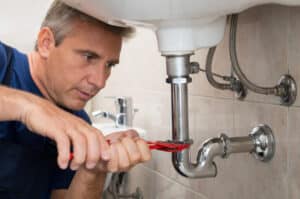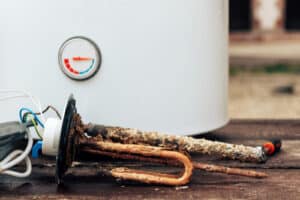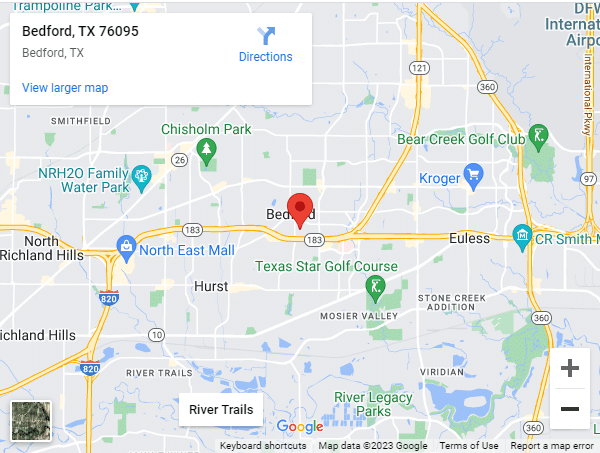Water leaks in your home can result in costly water damage, higher utility bills, and a decline in the overall health of your living environment. Detecting and repairing leaks in a timely manner is essential to minimize these negative impacts and maintain the integrity of your home’s plumbing system. In this essential guide, we will provide you with an understanding of the common signs of water leaks, methods for locating them, and tips for effective repairs.
Leaky pipes, faucets, and other plumbing fixtures are a common issue that homeowners may encounter, and when left unattended, even minor leaks can lead to devastating consequences. By knowing the early warning signs of water leaks, you can take swift action to address the problem and prevent further complications. In this informative article, we will discuss the various indicators of water leaks, such as high water bills, unpleasant odors, and mold growth. We will also provide valuable tips on how to locate the source of the leak and when to call in professional help for repairs.
For expert assistance in detecting and repairing water leaks in your home, turn to Professor Pipes Plumbing & Backflow, the top-rated plumber servicing Bedford, TX, and surrounding areas. Schedule a consultation or request emergency help by clicking the link below, and let our team of skilled technicians provide effective and efficient solutions for all your plumbing needs.
Common Signs of Water Leaks
Being able to recognize the early signs of water leaks in your home is vital in addressing the issue promptly and minimizing damage. Keep an eye out for the following indicators:
1. Unexpected Increase in Water Bills
A sudden and unexplained spike in your water bills could be a sign of a hidden leak. Monitor your water usage and bills closely to identify any discrepancies that may signal a problem.
2. Mold and Mildew Growth
Excess moisture caused by a leak can promote the growth of mold and mildew in your home. If you notice mold or a persistent musty smell, it could be indicative of a hidden water leak.
3. Discolored Walls, Floors, or Ceilings
Water stains, discoloration, or warped surfaces on walls, floors, or ceilings may point to a leak in your plumbing system. Inspect your home regularly for any visual signs of water damage.
4. Unexplained Puddles or Damp Spots
If you find puddles of water or damp areas in your home without any apparent cause, you may have a leak on your hands. Check for pooling water near plumbing fixtures and appliances.
Locating the Source of the Leak
Once you’ve identified signs of a water leak in your home, it’s crucial to locate the source:
1. Check Plumbing Fixtures and Appliances
Inspect faucets, showerheads, and appliances such as washing machines, dishwashers, and water heaters for signs of leaks, such as pooling water or dampness.
2. Look for Leaky Pipes
Check both exposed and hidden pipes in your home for any signs of moisture, corrosion, or damage. Common locations for leaky pipes include under sinks, around toilet bases, and within walls or ceilings.
3. Utilize the Shut-off Valve Test
Turn off all water-using appliances and fixtures in your home, then shut off the main water valve. Monitor the water meter for any movement – if the meter continues to run, it’s likely that there’s a leak in your system.
4. Employ Leak Detection Tools
If you’re having trouble locating the leak, there are various tools available to help, such as moisture meters, infrared cameras, and acoustic sensors. For complex situations, you may need to call in a professional plumber for leak detection services.
Effective Water Leak Repairs
Once the source of the water leak has been identified, take the necessary steps to repair the issue:
1. Repair Leaky Faucets and Fixtures
Fixing a leaky faucet or showerhead often requires replacing a worn or damaged washer, O-ring, or cartridge. It’s crucial to turn off the water supply before attempting any repairs on plumbing fixtures.
2. Fix Leaky Pipes
For minor pipe leaks, you can try using pipe repair clamps, putty, or waterproof tape as a temporary fix. However, for more severe issues or leaks within walls or ceilings, it’s best to call in a professional plumber.
3. Address Appliance Leaks
Leaks from appliances can typically be resolved by replacing damaged hoses, tightening connections, or making adjustments to the appliance itself. Always consult your appliance’s user manual for specific repair instructions.
4. Call a Professional Plumber
For complex or hard-to-reach leaks, it’s best to enlist the help of an experienced plumber. A professional can quickly and efficiently diagnose and repair the problem, preventing further damage and ensuring your home’s plumbing system is in optimal working condition.
Conclusion
Detecting and repairing water leaks in your home is essential to prevent water damage, save on utility bills, and maintain a healthy living environment. By being vigilant and proactive in addressing leaks, you can protect the integrity of your home’s plumbing system and enjoy peace of mind.
For expert help in detecting and repairing water leaks in Bedford, TX, and surrounding areas, trust the skilled technicians at Professor Pipes Plumbing & Backflow. Schedule a consultation today and let our local plumbers in Bedford provide a comprehensive plumbing solution tailored to your home’s needs. With Professor Pipes Plumbing & Backflow on your side, you can rest easy knowing your home is protected from water damage and costly repairs.






